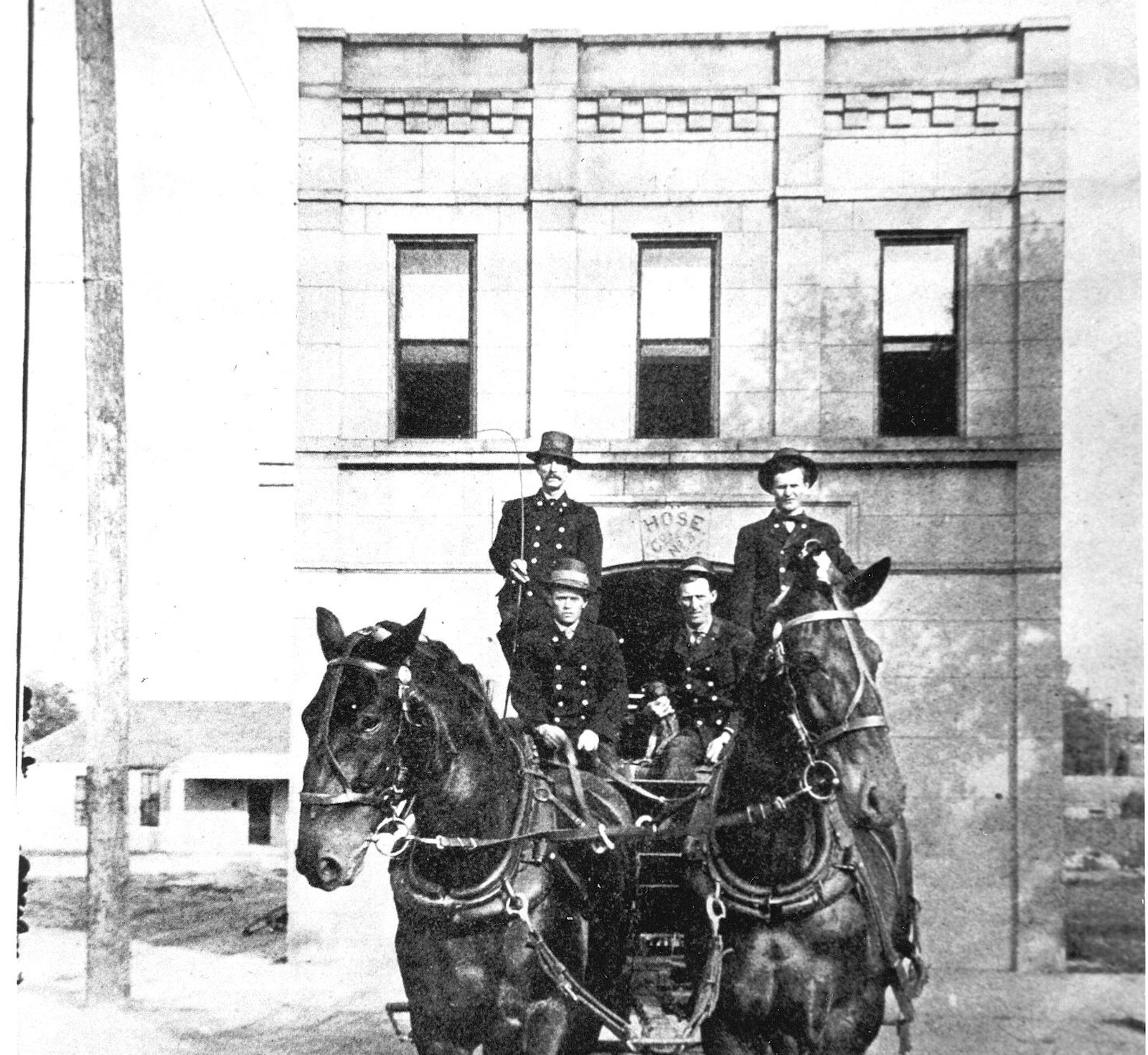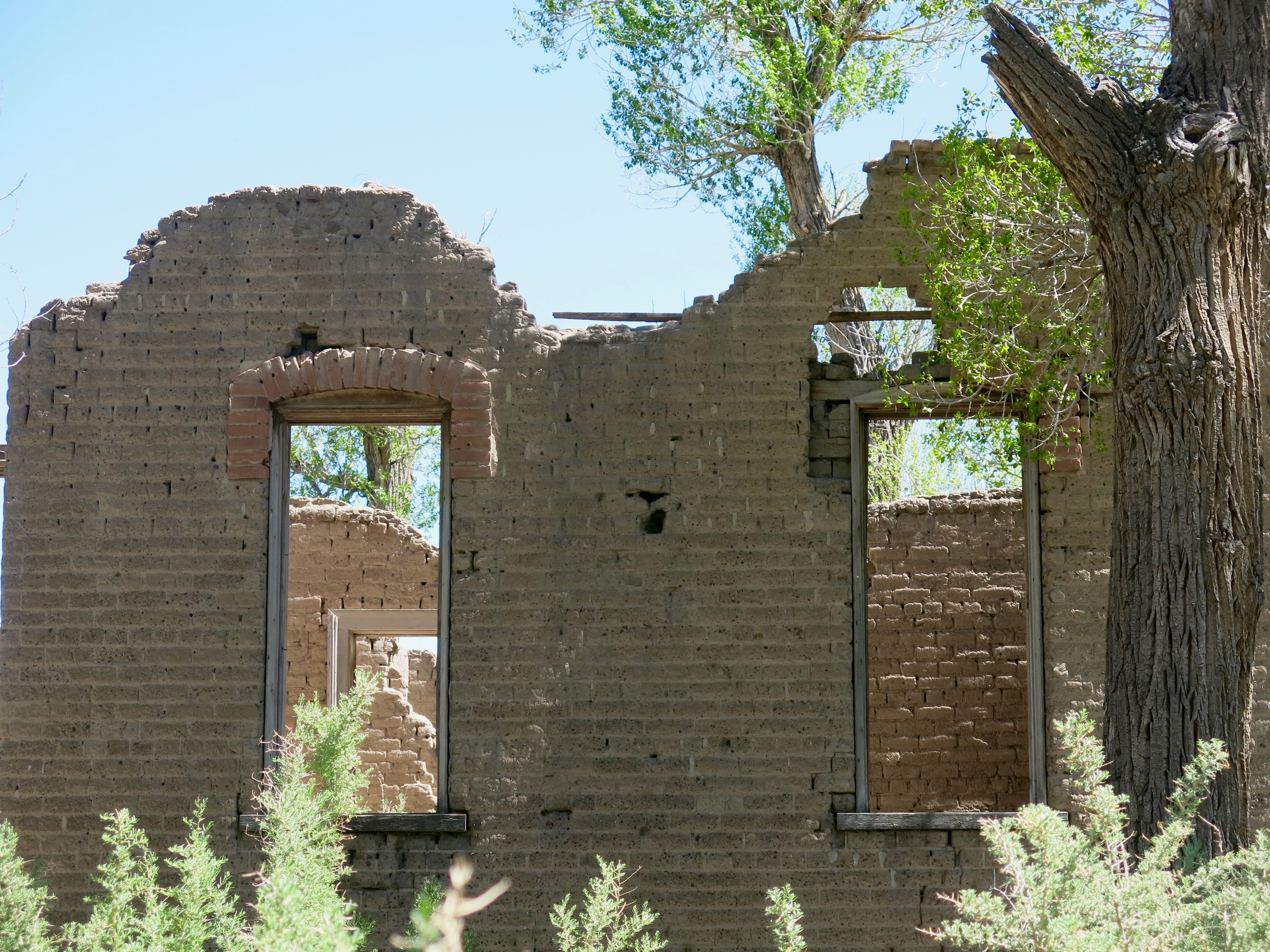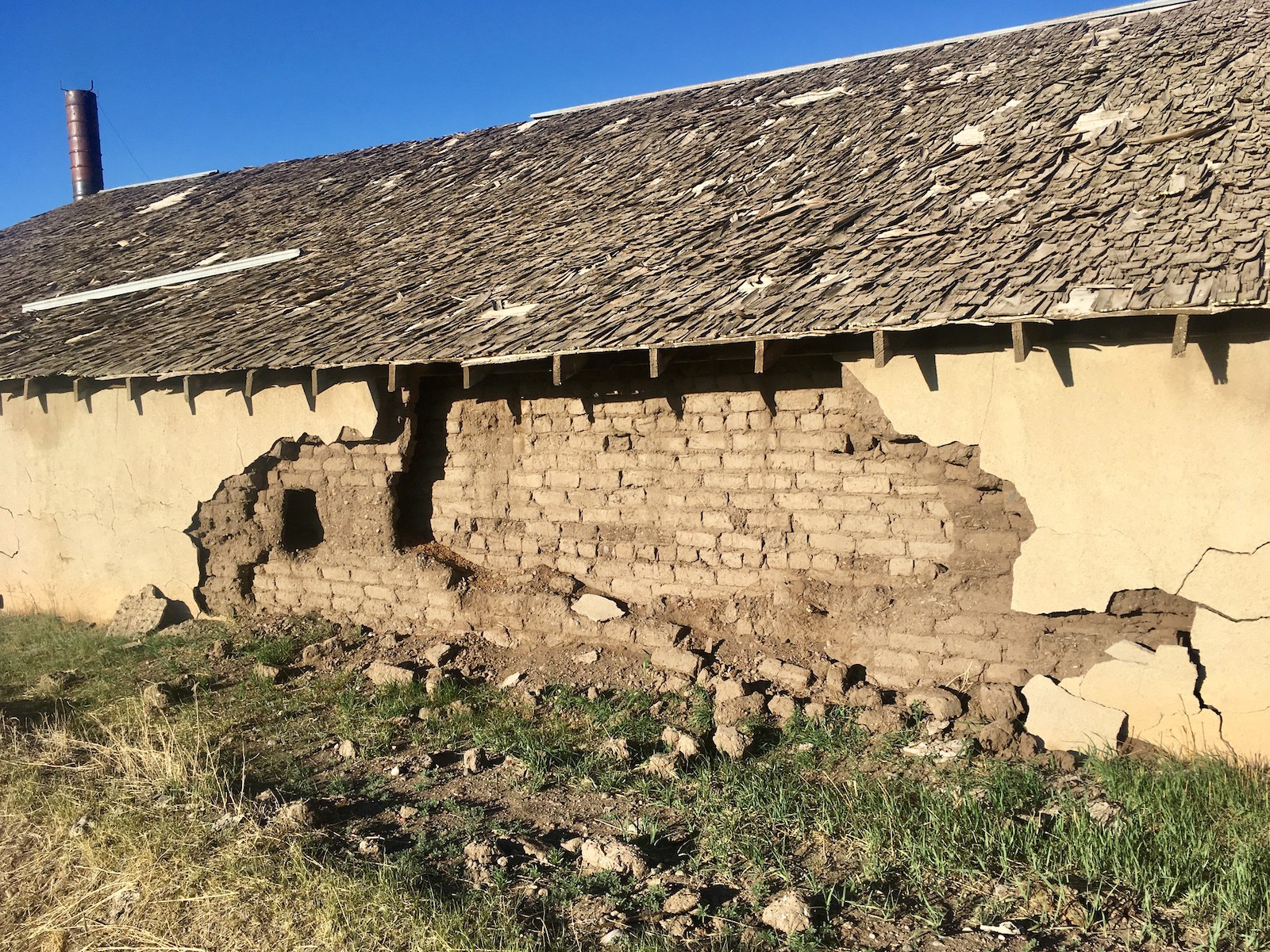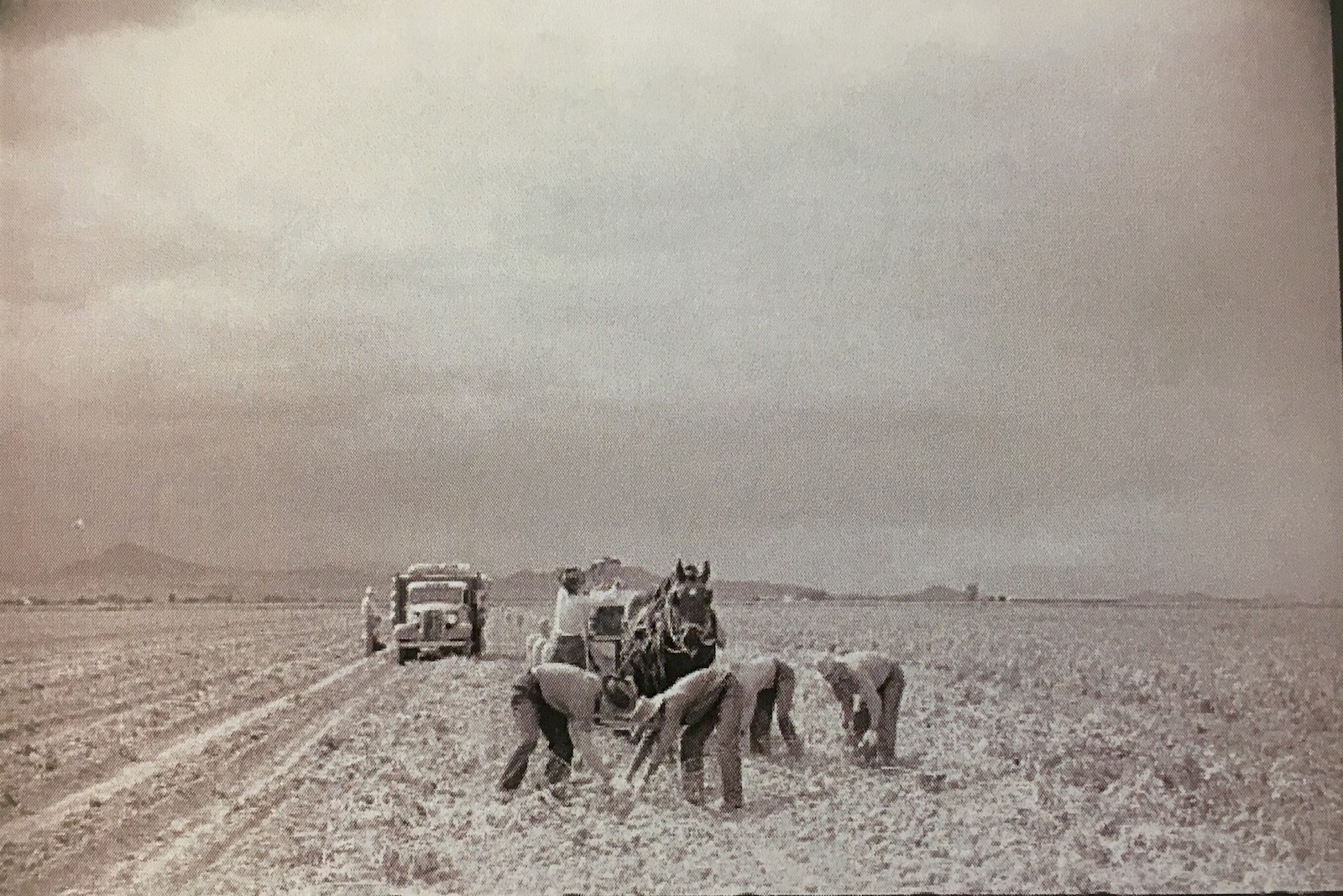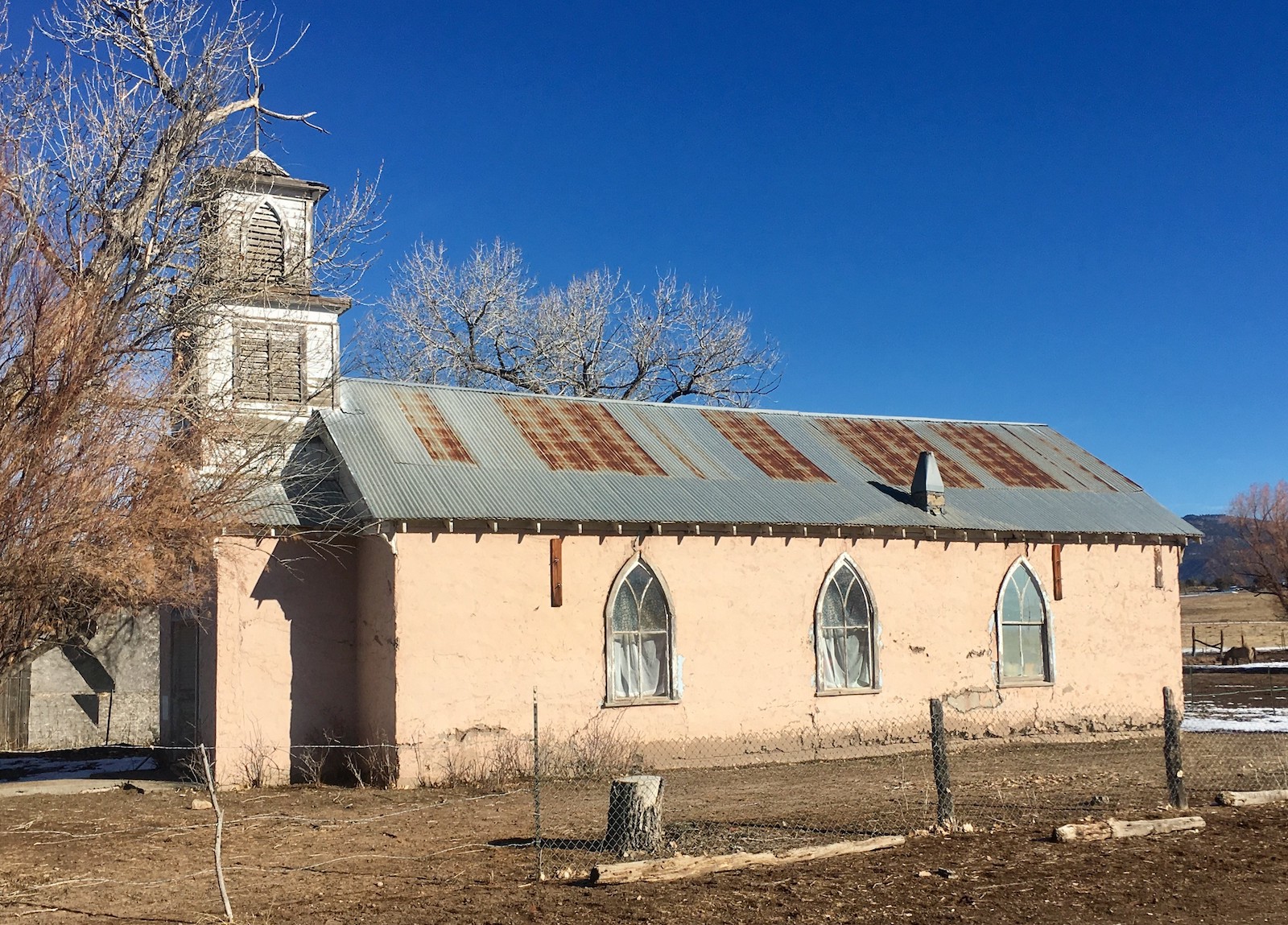The Local newsletter is your free, daily guide to life in Colorado. For locals, by locals.
Landmarks and artifacts that tell of Colorado’s rich history are speckled across the state. From its Native American roots to the legacy of mining and ranching, Colorado has undergone significant cultural transformations, many of which are still visible today. But sadly, some of the most remarkable landmarks in the state are falling into ruin or disrepair. Calling attention to and protecting such artifacts has been, for the past 22 years, a key mission for Denver-based Colorado Preservation, Inc., which each year reveals the five most endangered places in Colorado.
On Tuesday, the organization unveiled the 2019 list as part of its Saving Places Conference held at the Sheraton Denver Downtown Hotel. Dave Aguilera, meteorologist for CBS4, made the formal announcement followed by remarks from Governor Jared Polis as well as Jennifer Orrigo Charles, executive director of Colorado Preservation, Inc. The 2019 sites are primarily in southern Colorado—from a firehouse museum in Pueblo to a 162-year-old market in San Luis—and were each nominated by local community members. Over the course of the program, Colorado Preservation, Inc. has placed 122 historic sites on this list, 47 of which have been fully restored.

“We really want these places to reflect the stories of Colorado’s development over time,” Orrigo Charles says. “We try to increase awareness and start a conversation around why saving these places is important.”
According to Orrigo Charles, about 25 sites were nominated for this year’s list, but the community support and essential history behind each landmark influenced the final list. For instance, the potato cellars spread across the San Luis Valley, she says, represent how important potato farming was to the development of communities there. If no one steps up to preserve them, they may ultimately disappear.
Colorado’s 2019 Most Endangered Places
- Adobe Potato Cellars of the San Luis Valley (Alamosa, Conejos, Costilla, Rio Grande, and Saguache Counties)
- Hose Company No. 3 Fire Museum (Pueblo County)
- Iglesia De San Antonio-Tiffany Catholic Church (La Plata County)
- McIntire Ranch and Mansion (Conejos County)
- R&R Market (Costilla County)
Once a site makes the Most Endangered Places list, Colorado Preservation, Inc. works with community members to help “save” it—which takes on various forms, Orrigo Charles says. In some cases, her organization writes grants to foundations who might lend money, or instead they’ll work with the community to develop a strategic plan for revitalizing a building or landmark. The goal often is to bring the site back to life in some capacity. “If [a place] can be continuously adapted to serve the needs of the next population,” she says. “That ensures its survival.”
At Tuesday’s event, Colorado Preservation, Inc. unveiled four places that were previously on the endangered list that are now considered saved.
Previously Endangered Sites Recognized as Saved
- Colona School and Grange (Ouray County)
- The McElmo Creek Flume (Montezuma County)
- Crossan’s Market (Routt County)
- Cramner Park Sundial and Terrace (Denver County)




